Why Citrus Zone Nicotine Pouches Sometimes Look Off — And What It Means for Your Brand
Citrus-flavored nicotine pouches are popular for good reason — they’re fresh, bold, and appeal to users looking for something a little more vibrant than classic mint or tobacco. But there’s one recurring issue that’s caught the eye of manufacturers and buyers alike: odd coloration. You might notice anything from a pale green tint to darker brown specks, especially in lemon or lime varieties.
For wholesalers, nicotine pouch brands, and OEM developers, this visual inconsistency raises important questions. Is the product still high quality? Will it pass shelf appeal? More importantly, how can it be prevented?
Let’s take a closer look at what causes color variations in citrus zone nicotine pouches and what you can do to ensure quality and consistency.
The Chemistry Behind the Color
Nicotine pouches may be smokeless and discreet, but their formulation is anything but simple. They typically include:
-
Highly purified nicotine (either tobacco-derived or synthetic)
-
Flavor compounds like limonene or citral (especially for citrus variants)
-
Fillers such as microcrystalline cellulose
-
Moisture agents like glycerin
-
pH modifiers that aid nicotine absorption
Now, citrus flavoring ingredients are naturally prone to oxidation — especially when exposed to heat, light, or air during production or storage. For example, limonene can quickly darken if not stabilized properly, and citric acid may react with alkaline nicotine bases, leading to discoloration.
If your product line includes citrus flavors, these factors aren’t just theoretical — they directly affect what ends up on the shelf.
Where Things Can Go Wrong in Production
Here’s where in the process issues are most likely to arise:
-
Nicotine Sourcing: If you’re using nicotine that hasn’t been adequately purified or pH-balanced, you’re setting the stage for unstable chemical reactions.
-
Flavor Integration: Sensitive compounds in citrus oils may react with other ingredients, especially under high-speed mixing or elevated temperatures.
-
Moisture Balancing: Incorrect use of humectants (like too much glycerin) can alter how flavor ingredients break down over time.
-
Packaging and Storage: Even the best pouch can degrade in color if exposed to excess humidity or UV light — a crucial consideration for OEM or white label nicotine pouch products that ship globally.
If you’re sourcing nicotine bag OEM solutions or building your own private label range, working with a supplier who understands these variables is non-negotiable.
Solving the Color Challenge: What Your Options Look Like
If you’re seeing irregular pouch coloration in your citrus SKUs, here’s how leading manufacturers address the issue — and what each trade-off looks like:
-
Upgrade Nicotine Purity: Cleaner inputs mean fewer reactive byproducts. This adds to your cost per pouch but greatly improves product stability.
-
Switch to Stabilized Flavors: Encapsulated citrus extracts can resist oxidation, keeping your product shelf-fresh. Some flavor sharpness might be sacrificed.
-
Introduce Antioxidants: These additives shield sensitive oils but may conflict with “clean label” branding preferences.
-
Invest in Protective Packaging: Using UV-resistant films or vacuum sealing makes a difference — especially in humid or export-heavy markets.
If you’re exploring nicotine pouch OEM production, working with a partner who offers built-in R&D support on flavor stabilization and packaging design can reduce your risk long term.
What This Means for Manufacturers, Wholesalers, and Retailers
For manufacturers formulating citrus pouch SKUs, now’s the time to reevaluate ingredient sourcing and quality control checkpoints. Want a competitive edge? Conduct storage simulations to understand how your citrus flavors behave over time — and use that data to adjust your formulations.
Wholesalers providing bulk nicotine inputs for these pouches should prioritize high-purity, pH-consistent products. Offering documentation on these standards can become a key selling point to OEM buyers or nicotine bag white label clients.
Retailers, meanwhile, can play a proactive role in customer education. A slight color difference doesn’t mean the product is unsafe — and clear communication on quality standards helps maintain trust and repeat purchases.
Quick Questions Buyers Often Ask
-
Is discoloration dangerous?
Not usually. It’s a cosmetic issue that may indicate oxidation or minor ingredient degradation, but it doesn’t inherently mean the product is unsafe. -
Can it be prevented?
Yes. Better raw materials, tighter production controls, and smarter packaging all help. -
Do all citrus flavors discolor?
Not if they’re well-formulated. With stabilized flavors and proper nicotine matching, you can achieve bright, consistent pouches. -
Does the nicotine supplier matter?
Definitely. A reliable nicotine manufacturer that controls purity, pH, and even regional compliance makes the difference — especially in citrus blends.
Explore Snuff Factory’s nicotine solutions or get in touch here for sourcing guidance.
Looking Ahead: Better Citrus Starts with Smarter Choices
Color may seem like a small detail, but in a competitive market, small details build brands. From the chemical makeup of flavor oils to how your packaging holds up in transit, the right production choices lead to fewer customer complaints and stronger repeat sales.
If you’re building your next nicotine pouch product — or looking to strengthen your current citrus SKUs — Snuff Factory offers tailored support for OEM production, white label nicotine bag development, and wholesale nicotine sourcing.
Take the guesswork out of citrus formulation. Explore our full product lineup or schedule a consult to get started.

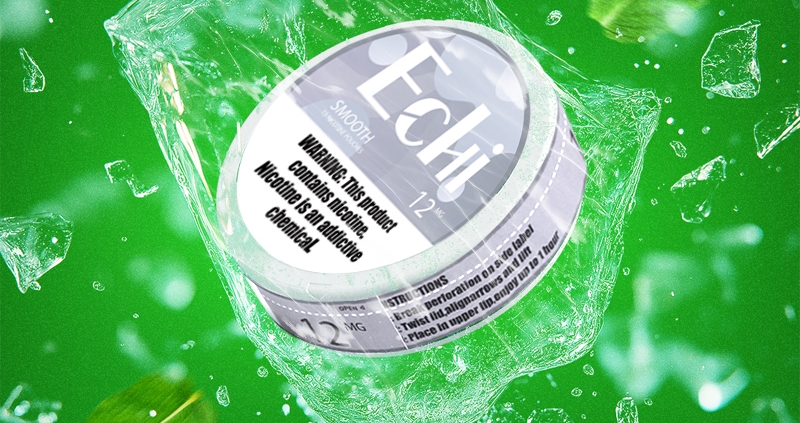
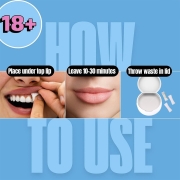
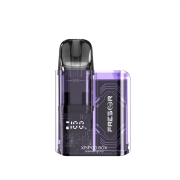
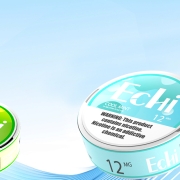
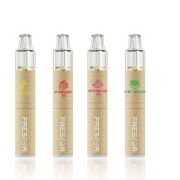
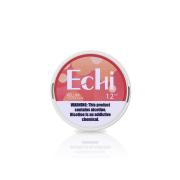
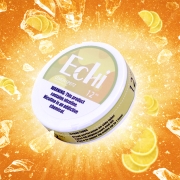

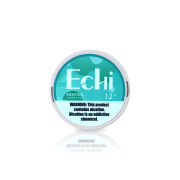


Leave a Reply
Want to join the discussion?Feel free to contribute!